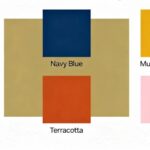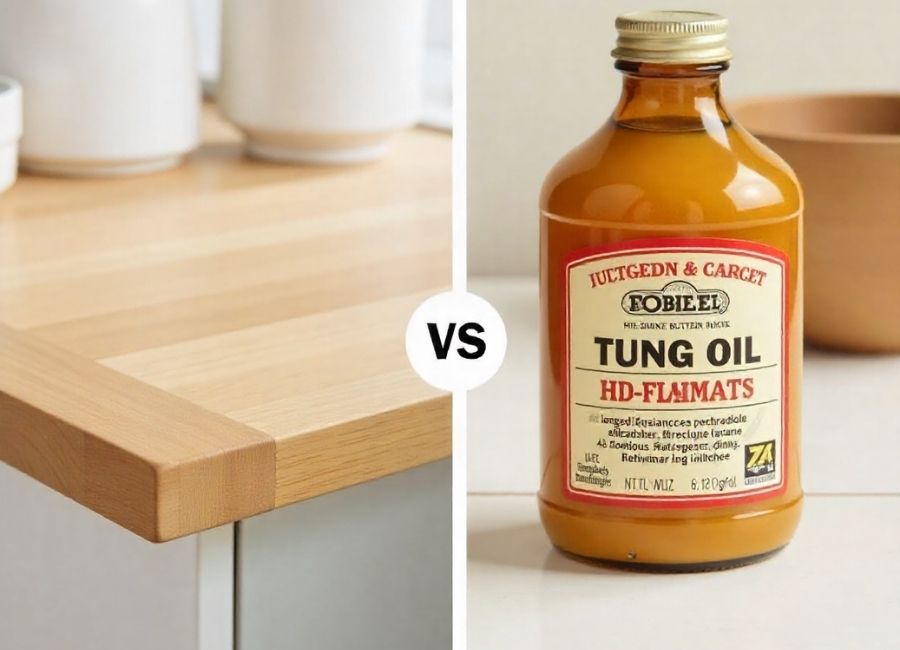When it comes to sealing butcher block countertops, many homeowners make the same mistake we did initially—reaching for beeswax. After years of experience and testing various products, we’ve discovered a superior solution that will transform the way your countertops perform and look.
Skip the Beeswax: Our Hard-Learned Lesson
Our journey with butcher block countertops began like most others. Attracted by their cost-effectiveness and natural beauty, we installed them in our previous home without much experience. Following conventional wisdom, we headed to the hardware store and picked up the standard beeswax mineral oil blend—you know, that familiar tube you’ll find at any home improvement store.
Initially, we were satisfied with the results. The countertops looked good and seemed well-protected. However, as the primary cook in our household, I quickly discovered the limitations of this popular sealing method.
The Problems with Beeswax Sealing:
- Water sensitivity: A cold glass would leave rings almost instantly
- Stain absorption: Spills soak in rapidly, creating permanent marks
- High maintenance: Required annual sanding and reapplication
- Constant worry: Every cooking session felt like walking on eggshells
Despite yearly maintenance involving complete sanding and reapplication, we had to live with purple beet juice stains and other permanent marks that wouldn’t come out. We accepted this as the nature of butcher block countertops—until we discovered a better solution.
The Game-Changing Discovery: Tung Oil
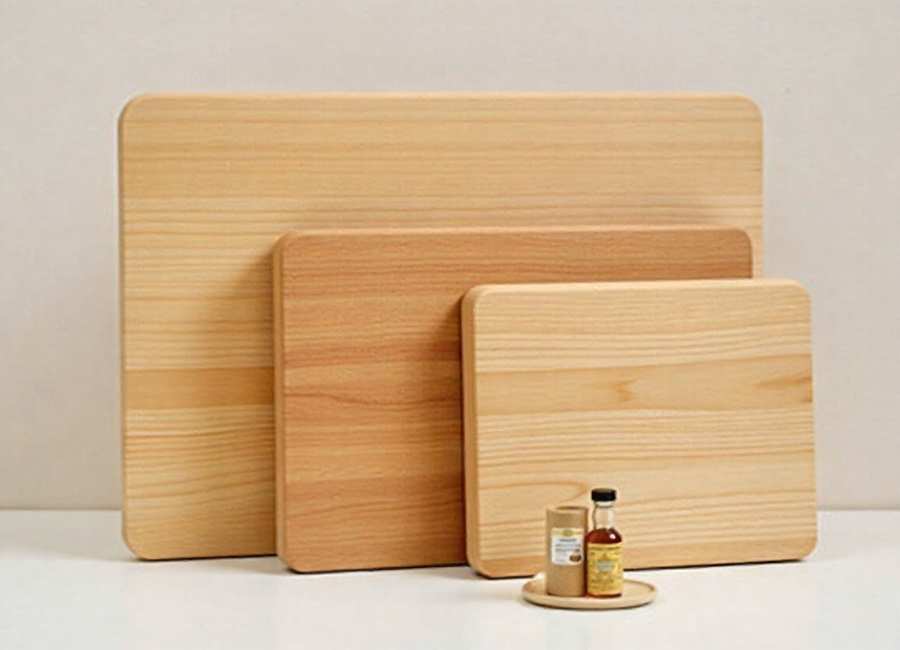
The breakthrough came when I decided to make butcher block cutting boards as Christmas gifts using scrap pieces from our previous countertops. Knowing these would receive daily use, I researched alternatives to beeswax and discovered tung oil.
Tung oil is a natural, food-safe sealer that penetrates deeply into wood fibers, creating superior protection compared to surface treatments like beeswax. It’s versatile enough for various applications—we’ve used it successfully on floors, tables, and trim throughout our home.
Why Tung Oil Outperforms Beeswax
After four years of using the same cutting board sealed with tung oil (with zero refinishing), we were convinced. The durability was remarkable, especially considering its daily use. When we moved to our current home and redesigned our kitchen, tung oil was an obvious choice for our new butcher block countertops.
Tung Oil Advantages:
- Deep penetration: Creates waterproof-like protection
- Longevity: Two years without refinishing and still excellent condition
- Natural composition: Food-safe and environmentally friendly
- Versatile application: Works on various wood surfaces
- Professional results: Achieves a beautiful matte finish
Our Recommended Product: Real Milk Paint Co. Dark Tung Oil
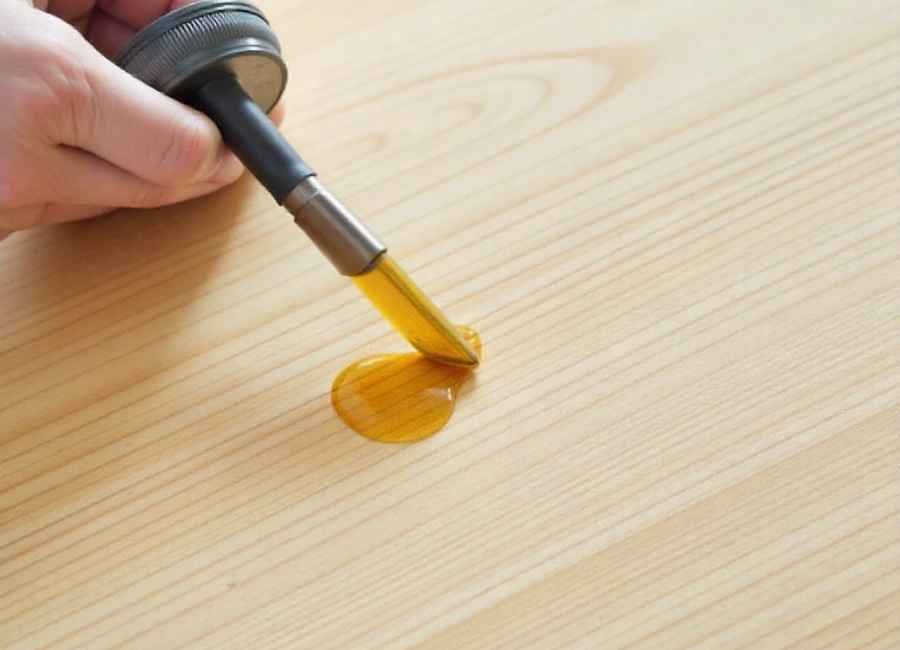
After testing various options, we settled on Real Milk Paint Co.’s dark tung oil. This product is a pre-mixed 50-50 blend of tung oil and citrus solvent, eliminating the need to calculate mixing ratios.
The citrus solvent serves a crucial purpose—pure tung oil is too thick to penetrate effectively. The solvent thins the oil, allowing it to penetrate deeply into the wood grain and create a waterproof-like barrier that makes all the difference.
Product Options:
- Standard tung oil: Natural wood finish appearance
- Dark tung oil: Enhanced color with the same protective qualities
- Pre-mixed convenience: No measuring or mixing required
Step-by-Step Application Process
While I’m not a professional woodworker—just a weekend warrior tackling home projects—sealing butcher block with tung oil is surprisingly straightforward.
Initial Sealing Process
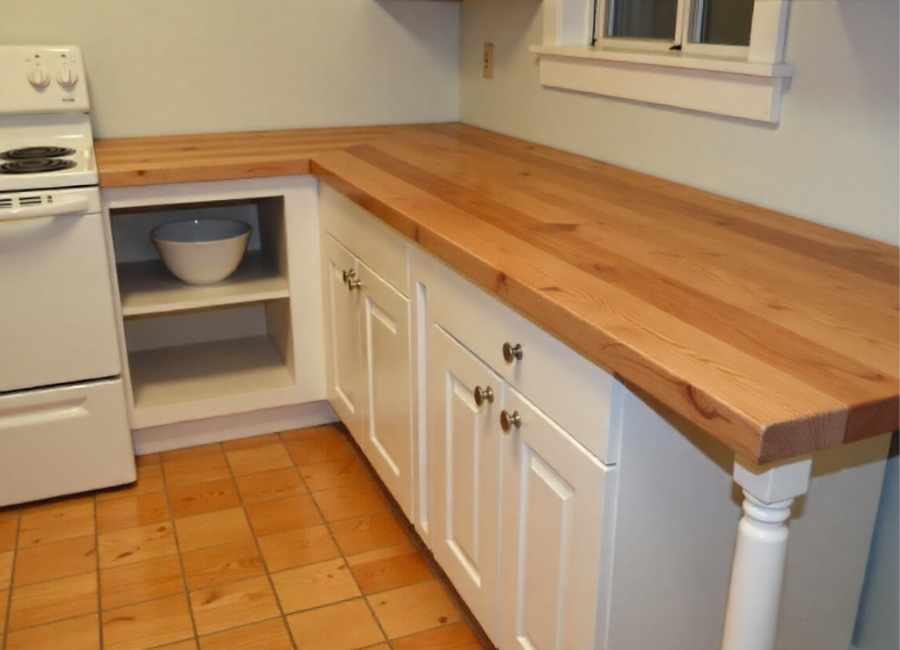
Materials Needed:
- Tung oil (Real Milk Paint Co. recommended)
- 150-grit sandpaper
- Clean rags or old socks
- Adequate ventilation
Steps:
- Light sanding: Use 150-grit sandpaper for smooth preparation (don’t go finer)
- First application: Pour oil directly onto countertops
- Work it in: Use rags to rub oil into wood grain, working both with and against the grain
- Multiple coats: Apply 6-8 coats on the first day, allowing absorption between applications
- Saturation point: Continue until the wood no longer absorbs oil quickly
- Excess removal: Wipe away any unabsorbed oil
- Curing time: Use countertops lightly for 30 days during the complete curing process
The transformation is immediate—even after the first day, your countertops will have a beautiful matte finish that looks professional.
Long-Term Maintenance Made Easy
One of tung oil’s most significant advantages is its minimal maintenance requirements. Our current countertops, which haven’t been refinished in two years, still look nearly new. The heavy-use areas show some wear, but nothing dramatic or unsightly.
Refinishing Process
When refinishing becomes necessary:
- Assess wear areas: Focus on high-use zones like cutting areas
- Light sanding: Address specific problem spots or sand the entire surface
- Oil application: Apply 2-3 coats using the same technique
- Curing period: Allow several days for proper hardening
This selective approach means you can address problem areas without refinishing entire countertops, saving time and materials.
Real-World Performance Comparison
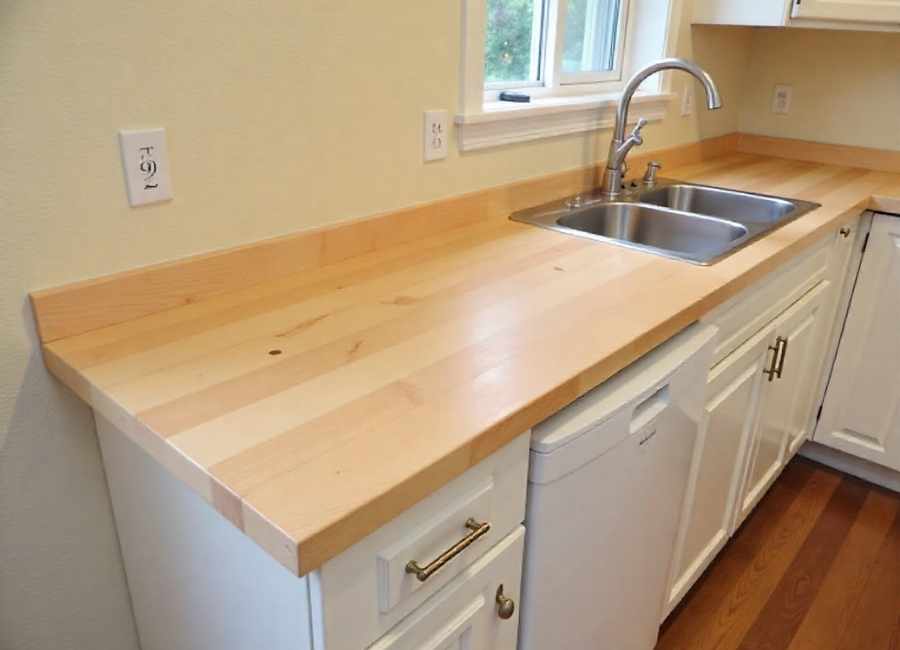
The difference between beeswax and tung oil sealing is dramatic from a practical standpoint. With our tung oil-sealed countertops:
Improved durability: No more instant water rings from cold glasses
Stain resistance: Spills don’t immediately penetrate and stain
Reduced anxiety: Cooking feels natural, not like navigating a minefield
Extended intervals: Two years between refinishing versus annual maintenance
While no butcher block treatment creates completely impervious surfaces (unless you use plastic-like polyurethane finishes), tung oil comes remarkably close, maintaining the natural wood feel and ensuring food safety.
Important Considerations
Realistic expectations: Even with tung oil, avoid leaving water bottles or wet items on countertops overnight. The improved protection doesn’t mean complete invulnerability.
Professional results: You don’t need professional woodworking skills to achieve excellent results. The process is forgiving and straightforward.
Initial investment: Although tung oil costs more than beeswax initially, its extended protection and reduced maintenance frequency make it cost-effective in the long term.
Additional Applications Beyond Countertops
Tung oil’s versatility extends far beyond kitchen countertops. We’ve successfully used it on:
- Hardwood floors
- Dining tables
- Interior trim and molding
- Cutting boards
- Various wood furniture pieces
This versatility makes it valuable for multiple home improvement projects.
Final Recommendations
Based on years of experience with both sealing methods, tung oil represents a significant upgrade over traditional beeswax treatments for butcher block countertops. The improved protection, reduced maintenance, and professional appearance make it worthwhile to invest the additional initial cost.
For best results, we specifically recommend Real Milk Paint Co.’s tung oil products. Their dark tung oil provides enhanced visual appeal while maintaining all protective qualities. The pre-mixed formula eliminates guesswork and ensures optimal ratios for maximum effectiveness.
Key takeaways:
- Skip beeswax mineral oil blends for serious protection
- Choose tung oil for superior penetration and longevity
- Expect 2+ years between refinishing cycles
- Enjoy cooking without constant worry about damage
- Appreciate the natural matte finish that enhances wood’s beauty
Your butcher block countertops deserve protection that matches their beauty and functionality. Make the switch to tung oil—your future self will thank you every time you cook.





